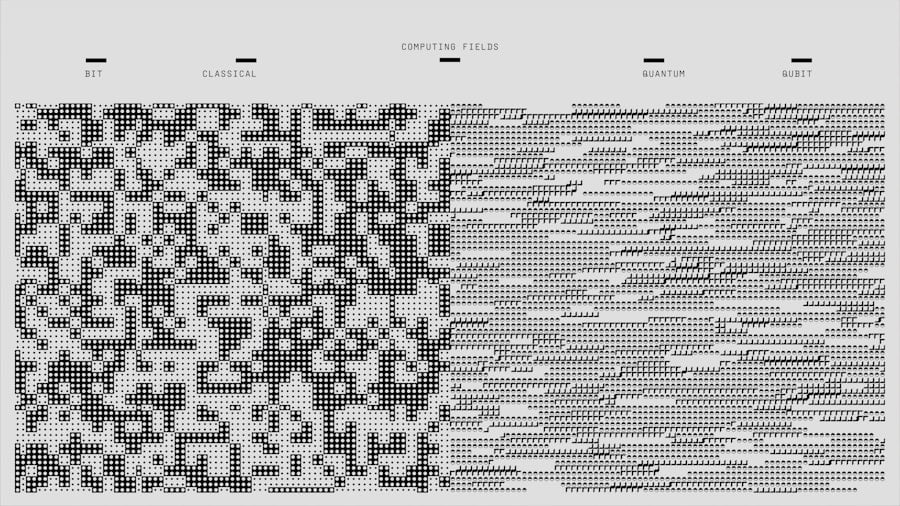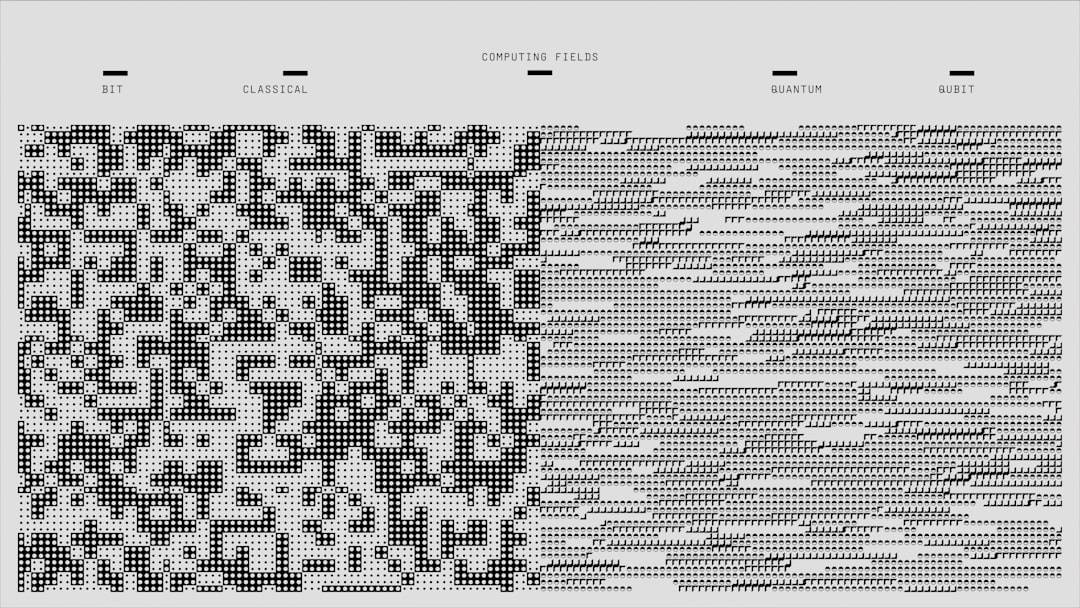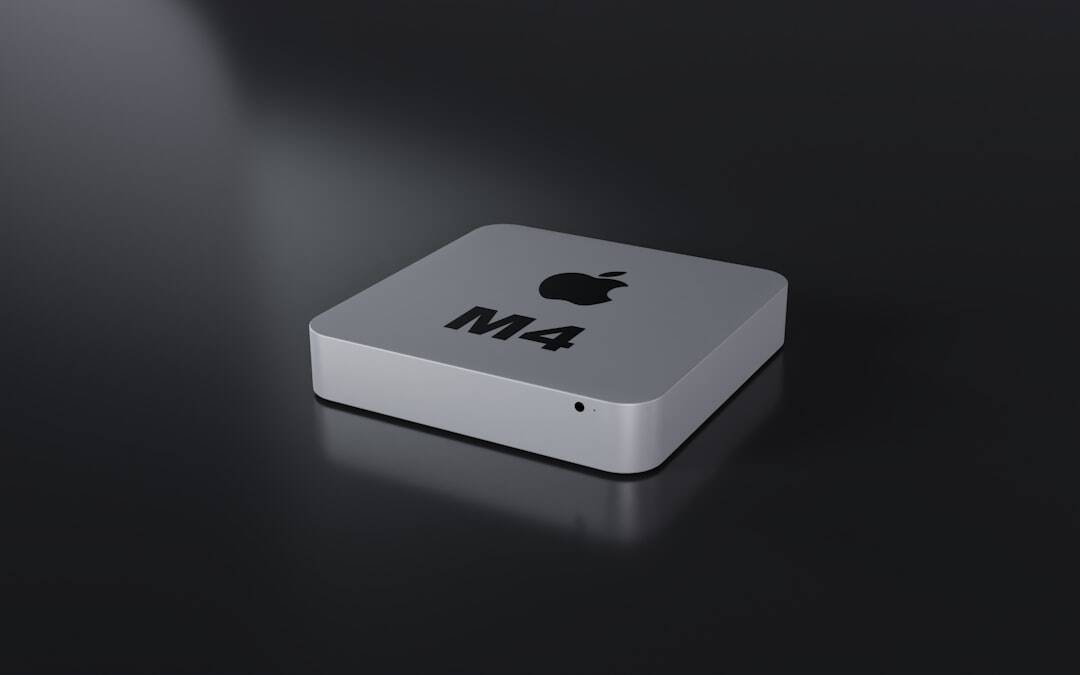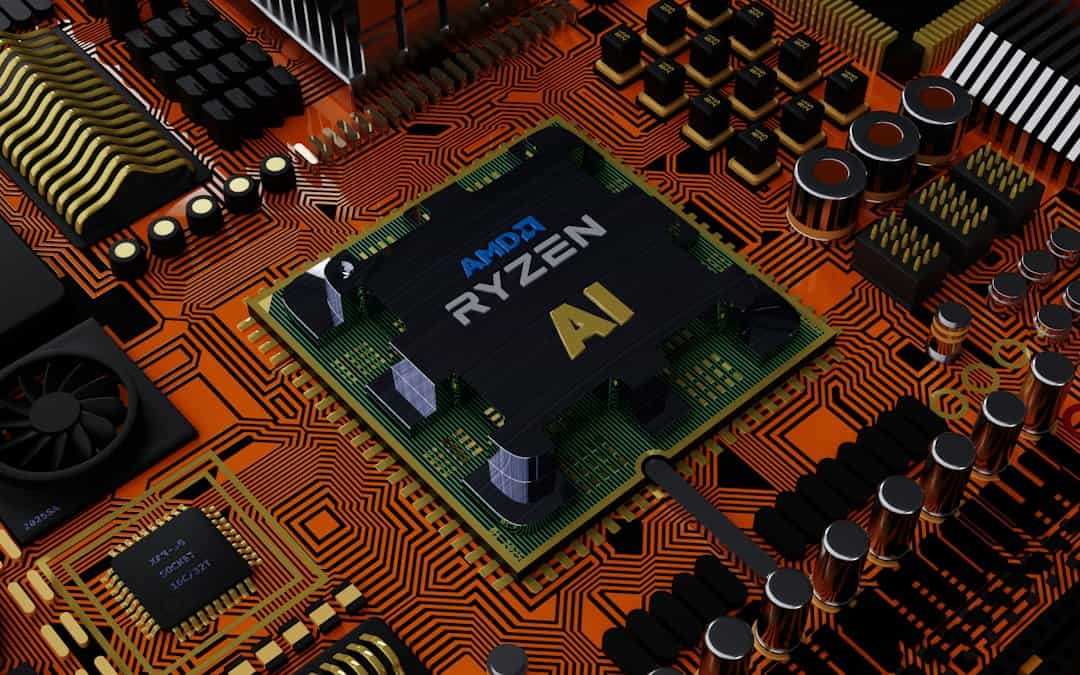Deep learning is a subset of machine learning that utilizes neural networks with multiple layers to analyze and solve complex problems. Inspired by the structure and function of the human brain, Deep Learning has demonstrated remarkable effectiveness in tasks such as image and speech recognition, natural language processing, and various other applications. TensorFlow Keras is a popular and powerful tool for deep learning.
TensorFlow, an open-source machine learning library developed by Google, serves as the foundation for Keras, a high-level neural networks API. The combination of TensorFlow and Keras provides developers with a user-friendly interface for constructing and training deep learning models. TensorFlow Keras simplifies the process of creating and training deep learning models, making it accessible even to developers with limited experience in the field.
It offers a comprehensive selection of pre-built layers, activation functions, optimizers, and loss functions that can be easily combined to create sophisticated neural networks. Furthermore, TensorFlow Keras includes visualization tools for model performance, enabling users to better understand and refine their models’ behavior. Due to its versatility and user-friendly nature, TensorFlow Keras has become the preferred choice for many developers and researchers working in deep learning.
Key Takeaways
- Deep learning is a subset of artificial intelligence that uses neural networks to mimic the way the human brain processes information.
- TensorFlow Keras is a high-level neural networks API that makes it easy to build and train deep learning models.
- Installing TensorFlow Keras is straightforward and can be done using pip, while setting it up involves importing the necessary libraries and modules.
- Building a deep learning model with TensorFlow Keras involves defining the layers, compiling the model, and fitting it to the training data.
- Training and evaluating a deep learning model with TensorFlow Keras involves feeding it with data, adjusting the model’s parameters, and assessing its performance using validation data.
Understanding the Basics of Artificial Intelligence and Neural Networks
Artificial intelligence (AI) is a broad field that encompasses the development of intelligent machines that can perform tasks that typically require human intelligence. One of the key components of AI is machine learning, which involves training machines to learn from data and make decisions based on that data. Within machine learning, neural networks are a fundamental concept.
Neural networks are a set of algorithms, modeled loosely after the human brain, that are designed to recognize patterns. They interpret sensory data through a kind of machine perception, labeling or clustering raw input. Neural networks consist of layers of interconnected nodes, or neurons, that work together to process input data and produce output.
Each connection between neurons has an associated weight, which is adjusted during the training process to improve the network’s ability to make accurate predictions. This process is known as deep learning when the neural network has multiple layers, allowing it to learn increasingly complex representations of the data. Deep learning has revolutionized the field of artificial intelligence, enabling machines to perform tasks that were previously thought to be beyond their capabilities.
Getting Started with TensorFlow Keras: Installation and Setup

Before getting started with TensorFlow Keras, you’ll need to install the necessary software and set up your development environment. The first step is to install TensorFlow, which can be done using pip, Python’s package manager. Once TensorFlow is installed, you can install Keras using the same method.
Alternatively, you can install TensorFlow using Anaconda, a popular platform for data science and machine learning. Anaconda provides a convenient way to manage packages and environments, making it easy to set up TensorFlow Keras on your system. Once you have TensorFlow Keras installed, you can start building and training your first deep learning model.
To do this, you’ll need to import the necessary modules from TensorFlow Keras, such as layers, models, optimizers, and loss functions. You can then define the architecture of your neural network by stacking layers on top of each other. This can be done using the Sequential model in Keras, which allows you to easily add layers to your network in a sequential manner.
With your model architecture defined, you can then compile the model by specifying the optimizer, loss function, and metrics that you want to use during training.
Building Your First Deep Learning Model with TensorFlow Keras
| Metrics | Value |
|---|---|
| Accuracy | 0.85 |
| Precision | 0.88 |
| Recall | 0.82 |
| F1 Score | 0.85 |
Building your first deep learning model with TensorFlow Keras is an exciting and rewarding experience. The first step is to define the architecture of your neural network by stacking layers on top of each other. In Keras, this can be done using the Sequential model, which allows you to easily add layers to your network in a sequential manner.
There are many different types of layers available in TensorFlow Keras, such as dense layers for fully connected networks, convolutional layers for processing image data, and recurrent layers for sequential data. Once you have defined the architecture of your model, you can compile it by specifying the optimizer, loss function, and metrics that you want to use during training. The optimizer is responsible for updating the weights of the network during training in order to minimize the loss function.
The loss function measures how well the model is performing on the training data, and the metrics provide additional information about the model’s performance, such as accuracy or precision. With your model compiled, you can then start training it by providing input data and corresponding target labels.
Training and Evaluating Your Deep Learning Model
Training a deep learning model involves feeding it with input data and corresponding target labels in order to update its weights and improve its performance. In TensorFlow Keras, this can be done using the fit method, which takes the input data, target labels, batch size, number of epochs, and validation data as arguments. During training, the model will iterate through the training data multiple times (epochs), updating its weights after each iteration in order to minimize the loss function.
Once your model has been trained, you can evaluate its performance using the evaluate method in TensorFlow Keras. This method takes the test data and corresponding test labels as arguments and returns the value of the loss function and any specified metrics on the test data. This allows you to assess how well your model generalizes to new, unseen data.
By analyzing the performance metrics, you can gain insights into how well your model is performing and identify areas for improvement.
Fine-tuning Your Model and Improving Performance

After training and evaluating your deep learning model, you may find that it does not perform as well as you had hoped. In this case, there are several techniques that you can use to fine-tune your model and improve its performance. One common approach is to adjust the hyperparameters of the model, such as the learning rate of the optimizer or the number of layers in the network.
By experimenting with different hyperparameter values and monitoring the model’s performance, you can find a configuration that works best for your specific task. Another technique for improving model performance is to use regularization methods such as dropout or L2 regularization. These methods help prevent overfitting by adding constraints to the weights of the network during training.
By regularizing your model, you can improve its ability to generalize to new data and reduce its sensitivity to noise in the training data. Additionally, you can consider using different types of layers or architectures in your model, such as adding batch normalization layers or using residual connections in order to improve its performance.
Real-world Applications of Deep Learning with TensorFlow Keras
Deep learning with TensorFlow Keras has a wide range of real-world applications across various industries. In healthcare, deep learning models are used for medical image analysis, disease diagnosis, and drug discovery. These models have shown great promise in improving diagnostic accuracy and treatment outcomes for patients.
In finance, deep learning is used for fraud detection, risk assessment, and algorithmic trading. By analyzing large volumes of financial data, deep learning models can identify fraudulent transactions and make more accurate predictions about market trends. In the field of autonomous vehicles, deep learning plays a crucial role in enabling vehicles to perceive their environment and make decisions in real time.
Deep learning models are used for object detection, lane tracking, and decision making in self-driving cars. In addition, deep learning has applications in natural language processing, where it is used for speech recognition, language translation, and chatbot development. These applications demonstrate the versatility and power of deep learning with TensorFlow Keras in solving complex problems across different domains.
In conclusion, deep learning with TensorFlow Keras offers a powerful and flexible framework for building and training neural networks. By understanding the basics of artificial intelligence and neural networks, getting started with installation and setup, building your first deep learning model, training and evaluating its performance, fine-tuning it for better results, and exploring real-world applications across various industries – you can harness the potential of deep learning with TensorFlow Keras to solve complex problems and drive innovation in your field.
If you’re interested in exploring the potential of virtual worlds and their impact on society, you may want to check out this article on tourism in the metaverse. It delves into the concept of virtual tourism and how it could potentially reshape the travel industry. This could be an interesting parallel to the advancements in artificial intelligence and machine learning, such as those found in TensorFlow and Keras, as they continue to push the boundaries of what is possible in virtual environments.
FAQs
What is TensorFlow Keras?
TensorFlow Keras is an open-source deep learning library for the Python programming language. It provides a high-level neural networks API that is built on top of TensorFlow.
What are the key features of TensorFlow Keras?
Some key features of TensorFlow Keras include easy model building, seamless integration with TensorFlow, support for both convolutional and recurrent neural networks, and the ability to run on both CPU and GPU.
What are the benefits of using TensorFlow Keras?
Using TensorFlow Keras can make it easier and faster to build and train deep learning models. It also provides a user-friendly interface for beginners and allows for easy experimentation with different neural network architectures.
How is TensorFlow Keras different from TensorFlow?
TensorFlow is a lower-level machine learning library that provides more flexibility and control, while TensorFlow Keras is a high-level API that simplifies the process of building and training neural networks.
What are some common use cases for TensorFlow Keras?
TensorFlow Keras is commonly used for tasks such as image classification, natural language processing, and other types of machine learning and deep learning applications.
Is TensorFlow Keras suitable for beginners?
Yes, TensorFlow Keras is often recommended for beginners due to its user-friendly interface and simplified model building process. It can be a good starting point for those new to deep learning.











Leave a Reply